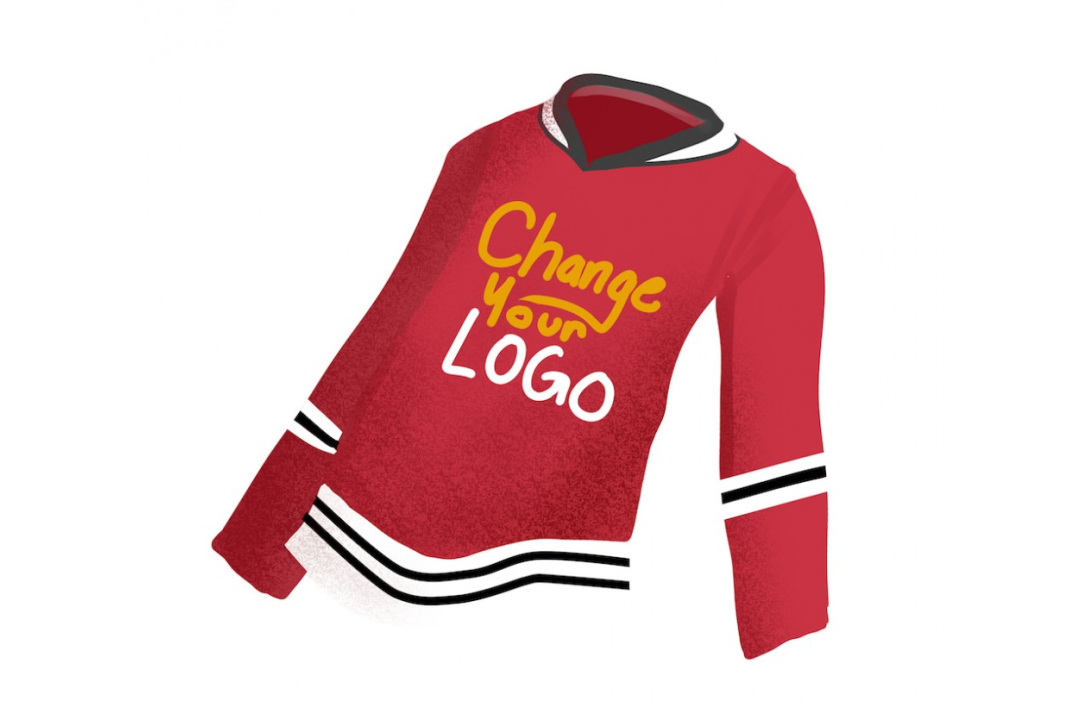What do Atlanta, Cleveland, Chicago, Kansas City, and Washington, D.C. all have in common? Is it their shared success in North America’s major sports? To me and many sports fans, it’s actually their use of Indigenous imagery — in the form of mascots and names — as nothing more than cheap fanservice.
Although Cleveland and Washington have begun to scale back from their problematic pasts, Indigenous cultures are still being appropriated in sports, and it’s time to discuss it.
Prior to the nameless limbo that the Washington Football Team is currently stuck in, they used to proudly stomp onto the field night-in and night-out with a slur emblazoned on jerseys, helmets, and fan merchandise. They continued this tradition for 87 years until 2020 when the team finally decided to drop the title and review future options.
Cleveland’s Major League Baseball franchise has a similar history — with a wildly offensive mascot known as “Chief Wahoo,” characterized by bright red skin and exaggerated facial features being the unfortunate face of the franchise. They also decided to drop the moniker in 2020 following this year’s season, after having finally cut the mascot in 2019.
In the same league, the Atlanta Braves have chosen not to change their name despite many calls to do so. In the past, they faced backlash for the offensive mascot “Chief Noc-a-Homa” and their “Tomahawk Chop” fan chant during games.
In addition to the Atlanta Braves, the Chicago Blackhawks have also declined to change their name, arguing that it honours “Chief Black Hawk” as a historical figure of Illinois’ Indigenous culture, and pledging to continue raising awareness of Indigenous cultures — presumably by continuing their tradition of highlighting Indigenous histories with performances and ovations during games. Despite pleas from activist groups, it seems that, for the foreseeable future, Chicago will continue to skate past backlash.
The Kansas City Chiefs, named after a former mayor nicknamed ‘The Chief,’ have not shied away from potential association with Indigenous imageries — with fans also celebrating moments with a ‘tomahawk chop’ and Indigenous headdresses being a huge part of fan culture prior to the team discouraging such behaviour.
That’s only a brief summary of an otherwise lengthy, traumatic, and disgusting history of the abuse of Indigenous cultures in sports. Every time I tune into the coverage of sports highlights, I cringe at the continued appropriation of Indigenous cultures. Indigenous communities continue to endure such a vile misuse and misrepresentation of their cultures while the owners of these teams rake in profits from ticket sales and merchandise.
If all the leagues want to plaster anti-racism as a focal point of their messaging, it is time to address the ongoing cultural appropriation of Indigenous peoples and to let Indigenous voices be heard.


